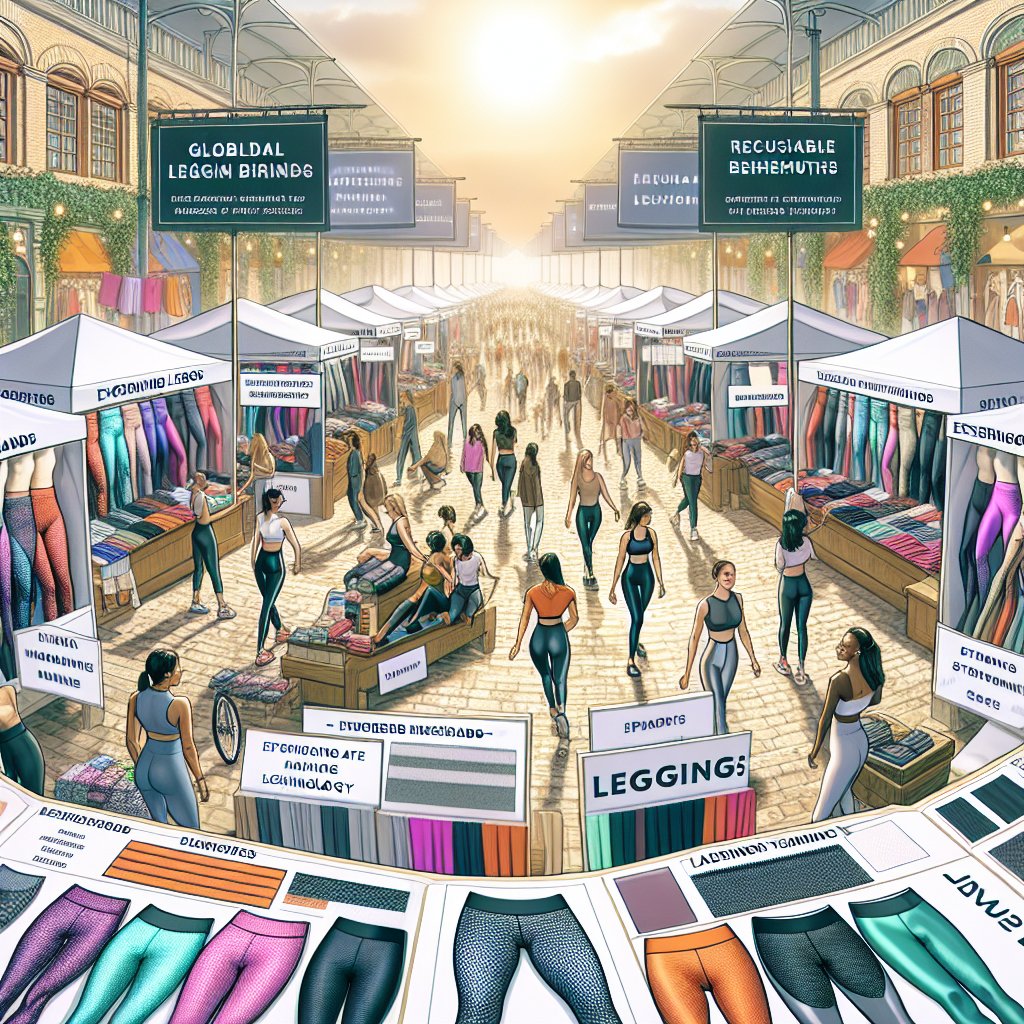Content created by AI
The Leggings Comeback: Embracing Style, Inclusivity, and Technical Innovation
In an extraordinary fashion turnaround, leggings have emerged from the shadows of the 1980s to become a fashion and functional staple, with the global leggings market forecasted to transcend $57.97 billion by 2031. This resurgence reflects not just a remarkable sartorial pivot but a deep-seated shift in cultural attitudes towards fitness, sustainability, and inclusivity.
The renaissance of the humble legging has been largely driven by a dynamic confluence of factors, including advances in fabric technology, a shift towards casualization in fashion, and an expanding wellness culture.
Market research and industry analyses betoken the increasing significance of leggings. Brands like Prada, Loewe, and Moncler legitimizing them within their luxe collections is a significant indicator of this trend. However, the leggings craze isn't just a fad kindled by the luxury market. Fitness and activewear brands with a pivot towards eco-friendly and high-performance gear are the real engines behind this growth.
Vuori, hailing from California, has positioned itself at the intersection of luxury and performance. By crafting leggings from their proprietary "BlissBlend" fabric that uses 75% recycled materials, Vuori has created a product that is not only sustainable and durable but also caters to the comfort and aesthetic demands of discerning customers.
German brand Hey Honey Yoga, focuses on inclusivity and ethics with its OEKO-TEX certified and PETA-approved vegan offerings. It's this concoction of performance, style, and ethical production that resonates with today's consumers who want their activewear to mirror their values and lifestyle.
The competition in this sphere is intense, with household names like On! Running, Gymshark, and Lululemon boasting significant social media clout. Skims, spearheaded by Kim Kardashian, taps into the body positivity movement, stressing the importance of inclusivity in sizing and the appeal of comfort-first fashion.
Adding an inclusive dimension is central to the strategy of these brands. Vuori, for example, prides itself on offering a broad size range to cater to a wider demographic, underlining that everyone should have access to quality activewear that enhances body confidence and comfort.
Even traditional sports behemoths like Adidas, Puma, and Nike are investing heavily in female-focused innovation to better cater to women's needs. This entails understanding the female form more intimately and delivering products that support sport and movement.
Activewear is no longer merely functional; it has become a statement about who you are and what you stand for. Fabric innovation points to the commitment of brands to provide superior quality and comfort, justifying higher price points for consumers who are investing more in personal health and luxury fitness experiences.
To conclude, leggings are more than a fashion relic; they are a symbol of how the right confluence of technology, social movements, and brand narratives can reinvigorate an industry. From being an icon of one era, they have transformed into a new emblem of modernity, inclusivity, and luxury.










